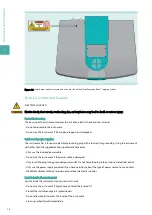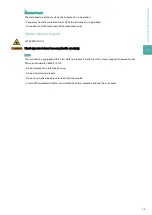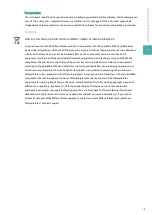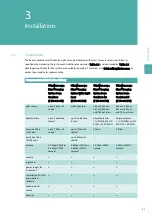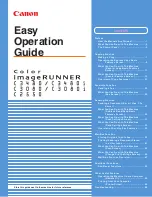
Biological hazards
BIOLOGICAL HAZARD
Contamination or infection may lead to death or serious injury, depending on the material used.
Biological material
All biological material must be considered potentially infectious.
• Wear personal protective equipment (such as gloves, safety glasses, etc.) as indicated in the safety data sheet
for the particular substance.
• If hazardous or potentially infectious material has been spilled or leaked from the system, decontaminate the
affected area.
• Operate the instrument in a biological safety cabinet suitable for the used specimen if hazardous or
potentially infectious materials are processed.
• Take care when handling samples and reagents.
• Provide sufficient lighting and workspace.
Waste
All liquid and solid waste must be considered hazardous.
• Follow local regulations regarding waste disposal.
Equipment damage
Defective or inadequate equipment can cause a biological hazard. Some decontamination methods may
damage the instrument.
• If parts of the instrument are damaged, unplug and do not use the instrument until damaged parts are
replaced. Contact Miltenyi Biotec Technical Support, if necessary.
• Follow the instructions in the datasheet for each consumable.
• Use only 70% ethanol or isopropyl alcohol for disinfection.
Chemical hazards
CHEMICAL HAZARD
Substances and reagents can be hazardous.
Hazardous substances and reagents
• All safety measures in section Biological hazards also apply to any hazardous substances and reagents that
may be present in the sample.
• Use any substances and reagents only as stated in the respective safety data sheet.
• Operate the instrument in a fume hood or with a fume extraction arm if hazardous substances and reagents
are processed.
Mechanical hazards
CRUSHING OF HANDS HAZARD
Risk of crushing or cutting.
1
IM
P
O
R
TA
N
T
SA
FE
TY
IN
FO
R
M
A
TI
O
N
12
Summary of Contents for UltraMicroscope Blaze
Page 1: ...UltraMicroscope Blaze Imaging System User manual...
Page 16: ...1 IMPORTANT SAFETY INFORMATION 16...
Page 20: ...2 INTRODUCTION 20...
Page 24: ...3 INSTALLATION 24...
Page 44: ...7 SETTING UP AN EXPERIMENT 44...
Page 46: ...8 MAINTENANCE 46...
Page 50: ...9 TECHNICAL DATA AND SPECIFICATIONS 50...
Page 52: ...10 TECHNICAL SUPPORT 52...
Page 55: ......










